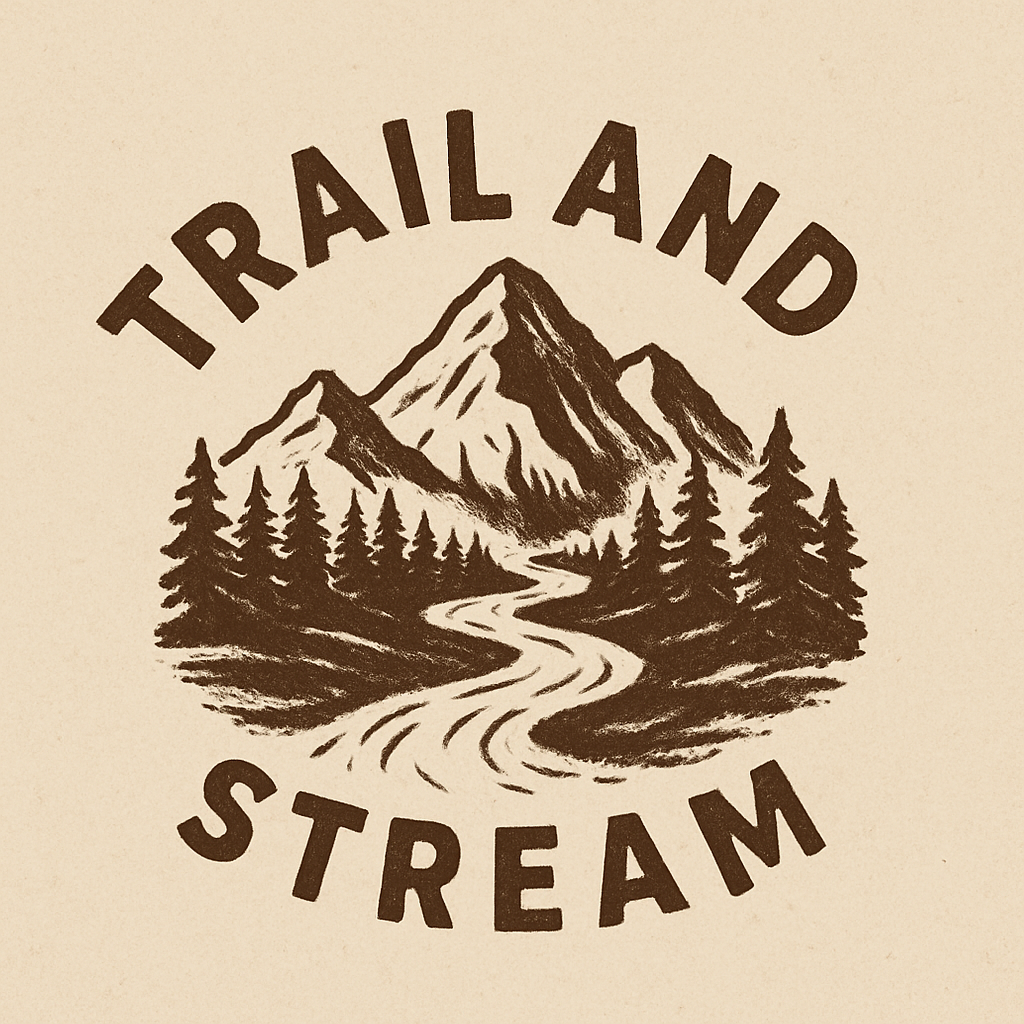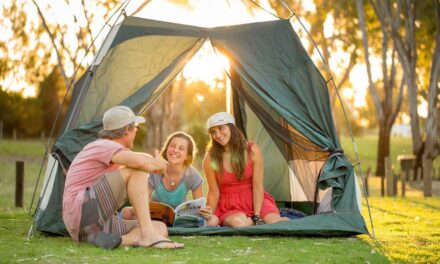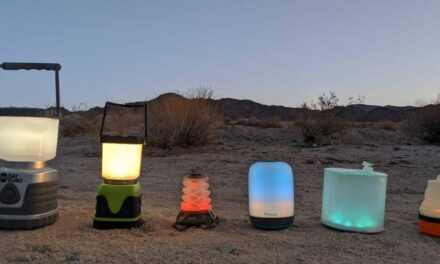Camping Safety Tips for Families: A Complete Guide to Staying Safe and Comfortable
Estimated reading time: 7 minutes
Table of Contents
Key Takeaways
- Preparation and planning are essential to ensure safety during family camping trips.
- Proper wildlife and fire safety protocols help prevent accidents.
- Staying warm with appropriate gear enhances comfort and safety in colder conditions.
- Wildlife awareness is crucial when camping in bear country.
- First aid kits tailored for families prepare you for emergency situations.
- Effective bug prevention minimizes discomfort and health risks outdoors.
Camping Safety Tips for Families
Camping is one of the most cherished ways for families to bond while creating unforgettable memories together in the great outdoors. Sharing stories around a crackling fire, exploring nature trails, and sleeping under a blanket of stars can be exciting adventures for both parents and children. However, it’s essential to acknowledge that outdoor experiences come with inherent safety concerns, particularly when children are involved. By following essential camping safety tips for families, you can ensure that every trip is not only fun but also safe and comfortable. Preparation and knowledge are your best tools for a secure camping experience.
This comprehensive guide is here to empower family campers with practical safety tips tailored to typical camping risks. We’ll cover everything from how to stay warm and manage wildlife encounters to assembling an effective first aid kit and keeping pesky bugs at bay. Let’s dive in and make your next camping adventure memorable and worry-free!
Essential Camping Safety Tips for Families
-
Thorough Planning
Prior to setting off, research your destination. Understand the park rules, check the weather forecasts, and make a packing checklist tailored specifically to your family’s needs. According to Children’s Minnesota, the right preparation mitigates many potential risks that arise while camping.
-
Set Boundaries
Upon arriving at your campsite, clearly establish boundaries so that children know where they are safe to explore. Use natural markers like trees or rocks to define areas. The “rule of twos” suggests that children should roam beyond the immediate campsite accompanied by at least one other person or adult.
-
Supervision is Key
Always supervise young children. Pay extra attention near water bodies, campfires, and unmarked trails. Having a designated adult in charge whenever children are out of sight can significantly reduce the chance of accidents. According to AAA State of Play, maintaining close watch and encouraging group exploration helps to keep kids safe.
-
Dress for the Occasion
Proper clothing is crucial for outdoor safety. Ensure your family is dressed appropriately based on weather conditions. Layers are your friend — moisture-wicking long sleeves, insulating mid-layers, and a weatherproof outer layer can keep everyone warm and comfortable throughout the day.
-
Equip with Whistles
It’s wise to give children safety whistles in case they become separated from the group. Teach them how to use these whistles effectively to signal for help if necessary.
-
Secure Flame Management
Matches, lighters, and other flammable items should always be stored out of children’s reach. Fire safety must be emphasized, including the reminder that flames should never be allowed inside tents.
How to Stay Warm Camping
Staying warm while camping is not just about comfort; it’s a safety concern as colder temperatures can lead to hypothermia or other health issues. Here are some essential strategies to keep your family warm and cozy, even during brisk nights:
-
Choose the Right Tent
Invest in a well-insulated tent that can retain heat, especially when camping in colder conditions. A good tent should have a rainfly to protect against moisture and keep warmth trapped inside. For more tips on choosing the right gear, check out our Ultimate Guide to the Best Tents for Camping in 2025.
-
Layer Up
Dressing in layers is critical. Start with moisture-wicking base layers that pull sweat away from the body. Add insulating layers like fleece or wool, and cap it off with a weatherproof outer shell. Avoid cotton, which can retain moisture and cool the body when wet.
-
Select Insulated Sleeping Gear
Use high-quality sleeping pads and sleeping bags rated for the expected nighttime temperatures. It’s beneficial to choose sleeping bags that feature good insulation design, ensuring comfort during the night.
-
Consider Cooking Before Bed
Eating a hearty meal before sleeping will help maintain core body temperature during the night. This may be particularly effective for children, as digesting food generates heat.
-
Bring Extra Blankets
Pack additional blankets or sleeping bag liners for little ones, enhancing their warmth. Warm hats, gloves, and thick socks are also essential to reduce heat loss while sleeping.
By focusing on warmth, families can enjoy a comfortable camping experience that enhances overall enjoyment under the stars.
Camping in Bear Country
Camping can be a thrilling adventure, especially when exploring areas known for abundant wildlife. However, camping in bear country requires specific precautions to ensure safety. Here’s how families can stay safe around bears:
-
Store Food Securely
Proper food storage is critical to avoid bear encounters. Use bear-proof containers, or hang food from a tree at least 100 feet away from the tent. Never keep food, snacks, or toiletries inside tents, as this could attract bears.
-
Set Up Camp Cautiously
Choose your campsite with care, avoiding areas near animal trails, berry patches, or water sources frequently visited by bears.
-
Trash Management
Dispose of trash in bear-resistant bins or pack it out in sealed bags. This minimizes odors that may attract bears to your site.
-
Educate Children on Bear Safety
Teach children the essential bear safety rules: never approach or feed wildlife. Always report any bear sightings to an adult immediately. Engaging children in interactive games about wildlife safety can also reinforce this important knowledge. For more insights into wilderness survival, you may want to read our post on Essential Survival Skills for Beginners.
By following these precautions, families can minimize the risks of encountering bears, allowing for an enjoyable wilderness experience.
Best Camping First Aid Kits for Families
Preparedness is key to dealing with unexpected injuries or health issues that may occur while camping. A well-stocked first aid kit can make all the difference. Here’s how to build the best camping first aid kit for families:
-
Essential Supplies
Ensure your first aid kit contains essential items such as bandages, adhesive tape, antiseptic wipes, tweezers, scissors, and allergy medications. These supplies are crucial for addressing common injuries encountered in the great outdoors.
-
Child-Specific Items
Be mindful to include child-specific considerations, such as appropriate pain relievers and bug bite ointments. The Children’s Minnesota suggests ensuring that basic care items for kids are readily available.
-
Medications and Contact Information
Don’t forget prescription medications for family members. Carry a list of emergency contacts and any specific medical requirements. This information is vital should medical help be needed.
-
Regular Checks
Assess the contents of your first aid kit before each camping trip. Make sure to replenish any used or expired items.
Creating a well-rounded first aid kit prepares families for any minor scrapes or ailments, making for a safer camping journey. For more safety tips, visit our guide on How to Start a Fire Without Matches.
How to Keep Bugs Away Camping
Bugs can be a major annoyance while camping, not to mention a potential health hazard. Here are some effective methods to keep insects at bay:
-
Use Insect Repellent
Apply an effective insect repellent on exposed skin and clothing, especially during dawn and dusk when bugs tend to be most active.
-
Choose Your Campsite Wisely
Try to set up camp away from standing water, which attracts mosquitoes. A durable tarp or insect netting can provide an additional layer of protection while out in the wild.
-
Wear Protective Clothing
Dress in long sleeves and pants to cover exposed skin. Light-colored clothing can also help, as it is less attractive to insects.
-
Consider Natural Remedies
Citronella candles or essential oils can serve as natural deterrents against bugs. They may not eliminate insects entirely but can provide some comfort throughout your camping experience.
-
Tick Checks
Inspect everyone for ticks daily, particularly after hikes or time spent in grassy areas. By incorporating these strategies, families can enjoy the beauty of the outdoors without the discomfort of annoying insects.
For more practical tips on outdoor adventures, see our post about Easy Camping Meals.
Conclusion
Proper camping safety tips for families can considerably reduce risks and ensure a delightful outdoor adventure. By prioritizing planning, staying warm, practicing wildlife safety, keeping a well-stocked first aid kit, and managing bugs effectively, you set the stage for an exciting yet secure trip into nature.
As you prepare for your next camping excursion, remember to review this checklist of safety essentials based on the tips discussed. Get ready for a memorable family experience that allows you to bond, explore, and enjoy the great outdoors together!
Keep these safety tips in hand as you embark on your adventures, and remember that a cautious approach combined with preparation can transform your camping trips into cherished family memories that will last a lifetime. Happy camping!
Additional Resources
- Children’s Minnesota: Camping Safety Tips
- AAA State of Play: Outdoor Fun for Kids Camping Safety Tips





